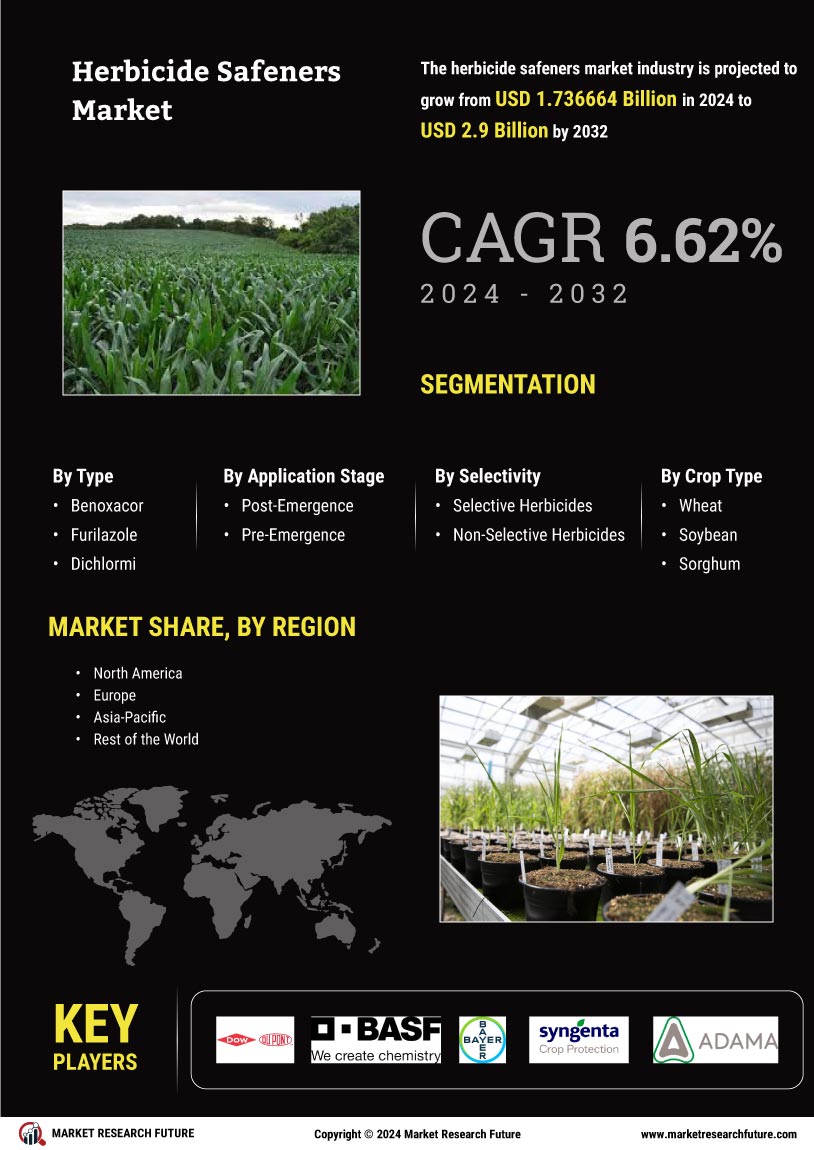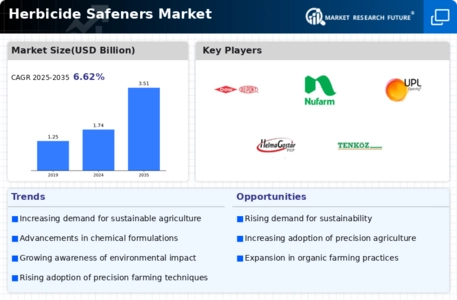Leading market players are investing heavily in research and development in order to expand their product lines, which will help the herbicide safeners market grow even more. Market participants are also undertaking various strategic activities to expand their footprint, with important market developments including new product launches, contractual agreements, mergers and acquisitions, higher investments, and collaboration with other organizations. The herbicide safeners industry must offer cost-effective items to expand and survive in a more competitive and rising market climate.
Manufacturing locally to minimize operational costs is one of the key business tactics manufacturers use in the herbicide safeners industry to benefit clients and increase the market sector. In recent years, the herbicide safeners industry has offered some of the most significant advantages to medicine.
Major players in the herbicide safeners market, including DowDuPont Inc. (US), BASF SE (Germany), Bayer AG (Germany), Syngenta AG (Switzerland), Nufarm Limited (Australia), Adama Agricultural Solutions (Israel), Arysta LifeScience (US), Drexel Chemical Company (US), Land O’Lakes (US), Sipcam-Oxon Group (Italy), Helm AG (Germany), Tenkoz (US), and UPL Limited (India), and others, are attempting to increase market demand by investing in research and development operations.
DowDuPont Inc. (US) is a multinational company headquartered in Midland, Michigan, in the United States. The Dow Chemical Company and Corning Incorporated initially formed Dow Corning as a joint venture. After Dow acquired Corning, Dow became the sole owner of Dow Corning. It had a brief existence as a DowDuPont-owned company before Dow spun out from DowDuPont on April 1, 2019, creating a new company, Dow Silicones Corporation, which Dow fully owns, specializes in silicone and silicon-based technology, and is the largest producer of silicone products in the world.
BASF SE (Germany), At BASF, people are the key to long-term success, and everyone has talent. BASF SE gives our employees the resources, direction, and chances they need to advance and succeed in both their professional and personal lives to do this. They create chemistry by giving you the assistance required to perform at your peak and achieve your goals. After all, your success is correlated with ours. Whatever career path you want, BASF is a fantastic place to start.
















